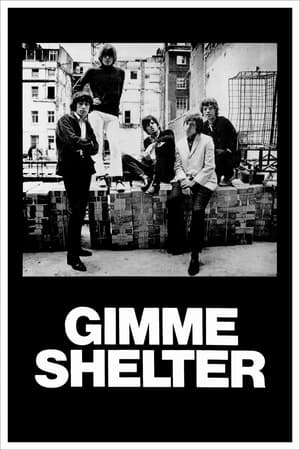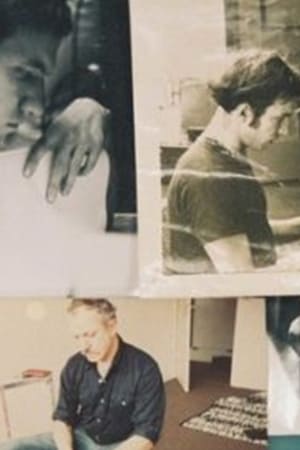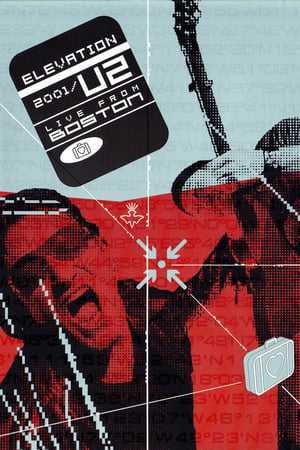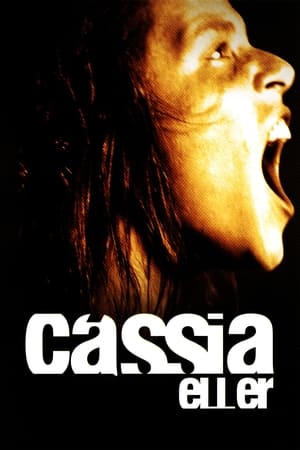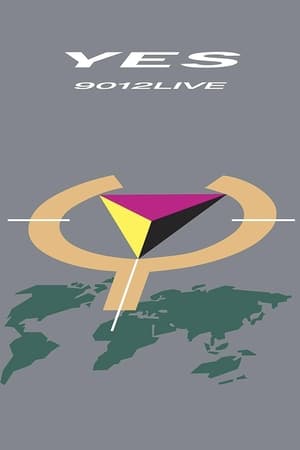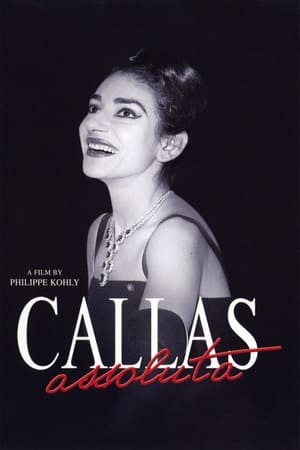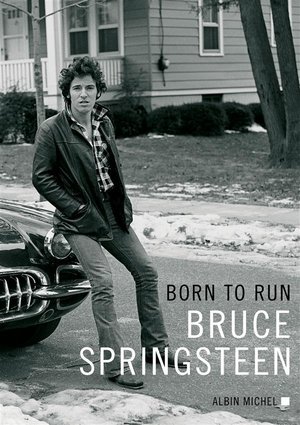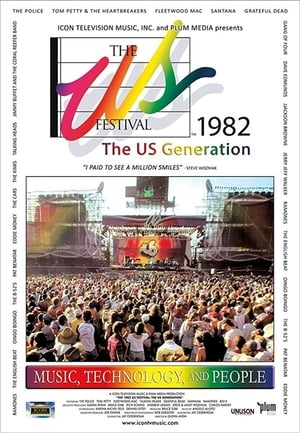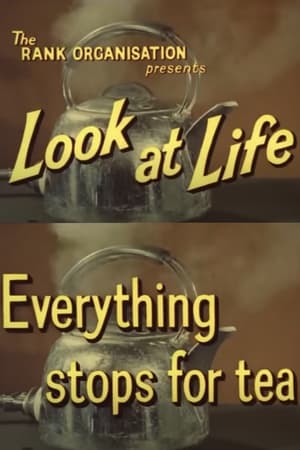Overview
'The Ambiguity of David Thomas Broughton' is a musical documentary following the creative process of one of the UK’s most enigmatic musicians and performers. As a musical act, David Thomas Broughton is almost unclassifiable. His live shows are a exhilarating mix of musical experimentation and performance art, underlined with a raw unpredictability. His recorded material is dark but beautiful, marrying traditional folk with a surrealist edge. Off-stage, he’s an introvert with a passion for bird watching. Who is the real David Thomas Broughton? Through a series of interviews with friends, family and collaborators, filmmaker Greg Butler attempts to unravel this ambiguity. His journey takes him to David’s home town of Otley, where we track David’s creative process as he records new material to be played at the End of the Road Festival.
Reviews
by THOMAS BLAKE on 8 JANUARY, 2016
in FILM, FOLK MUSIC REVIEWS
Viv Stanshall, Syd Barrett, Kevin Ayers, Robyn Hitchcock, Frank Sidebottom, Richard Dawson – England has always done a good line in wilfully obscure or idiosyncratic songwriters, so much so that the term ‘English eccentric’ has become something of an unutterable music critic cliché. When everyone from Ray Davies to PJ Harvey to Screaming Lord Sutch gets lumped under the same banner it might just indicate lazy music writers, or it might mean that there really is something in the ale that nurtures these outsider talents and endears them to the listener.
One such talent is David Thomas Broughton. Broughton hails from Otley in Yorkshire, an eccentric place in it own right (it is home to five active Morris dancing sides, which is impressive for a town of fewer than 14,000 inhabitants). He has lived in both North and South Korea, where he somehow managed to indulge his passion for ornithology. He plays loop pedal and a guitar, and sings. In the last ten years he has released upwards of half a dozen albums, as well as a couple of EPs, despite having little or no interest in the music business.
Just your average reclusive folky type, you might think. But you’d be wrong. For one thing, he is far from reclusive. A frequent live performer, his shows can be confrontational, intimate or bizarre. And, as a new film sets out to prove, there is nothing average about Broughton’s approach to composition or performance.
There is a clip less than three minutes into Greg Butler’s documentary, The Ambiguity of David Thomas Broughton, in which we are shown a heavily industrialised landscape, presumably Korean, hazed by pollutants, grim and unlovely. The scene cuts to footage of a pageant of unicyclists and people dressed as eggs. Over it all swoons music of beautiful, looped ambience, sounding almost like the cry of a gull, but coaxed into soft lapidary forms. These few seconds are Broughton in microcosm: delirious and exalted, obdurately ugly and superbly surreal. For the next hour Butler’s film teases out these convergent strands to form a portrait of Broughton the creation and Broughton the human. What it finds is a shy, angry, self-mythologising presence. A melancholic comic. A singer of fragile folk songs and a destroyer of those very same songs.
Talking heads abound. We get anecdotal insights into Broughton’s home life from various family members. Fellow musicians and artists, collaborators and friends (including Shearwater’s Jonathan Meiburg), give their opinions. In this way it is a fairly straightforward music documentary. But it is the subject rather than the form that the real interest lies, and here the subject comes across as an entirely unique person.
The most entertaining tales involve Broughton’s onstage antics. At one gig he includes amongst his vast array of anti-musical instruments a personal attack alarm, switching it on and hurling it into the crowd, only to have it pelted back at him by an angry punter who can’t hear the songs. Unsurprisingly, given the uncompromising nature of his shows, Broughton has developed some effective methods of dealing with hecklers, as is shown in some excellent festival footage.
In fact, a heartening amount of the film focuses on the live performances. This is where we see Broughton at his most ambiguous and contradictory, his most inexplicable and wonderful. His remarkable voice – imagine, if you can, a cross between Alfred Deller and Antony Hegarty, tempered with the bluff Yorkshire tones of early Jarvis Cocker – seems to be his primary instrument, backed with some innovative acoustic guitar. But then that loop pedal kicks in, and with it, seemingly, all the junk and ephemera of Broughton’s life. Found sounds, found objects. Pathos sabotaged by bathos. Dadaist interruptions and surrealist non-sequiturs. Live shows become glorious messes. One of the most important and intriguing aspects of Broughton’s work – and something that is explored in welcome depth by Butler and the film’s contributors – is the idea of self-sabotage. There always seem to be two Broughtons at work: one creating effortlessly beautiful pieces of art and the other scrawling over these creations with iconoclastic (but supremely imaginative) vigour. This ambiguity runs right through his personality, so much so that nobody seems to know where the often crazed and sometimes angry persona ends and the real, shy, thoughtful Broughton begins.
The Ambiguity of David Thomas Broughton is an unshowy film. This is no bad thing – it creates a space that is filled with Broughton’s complex personality and equally complex talent. It also serves as a valuable introduction to this most under-appreciated and fame-shy of artists. And, aptly, it ends with some excellent archive footage from the End of the Road festival which includes a serenade to a discarded sausage.

 59 min
59 min
 10
10
 2015
2015
 United Kingdom
United Kingdom
 gregbutler1 wrote:
gregbutler1 wrote: